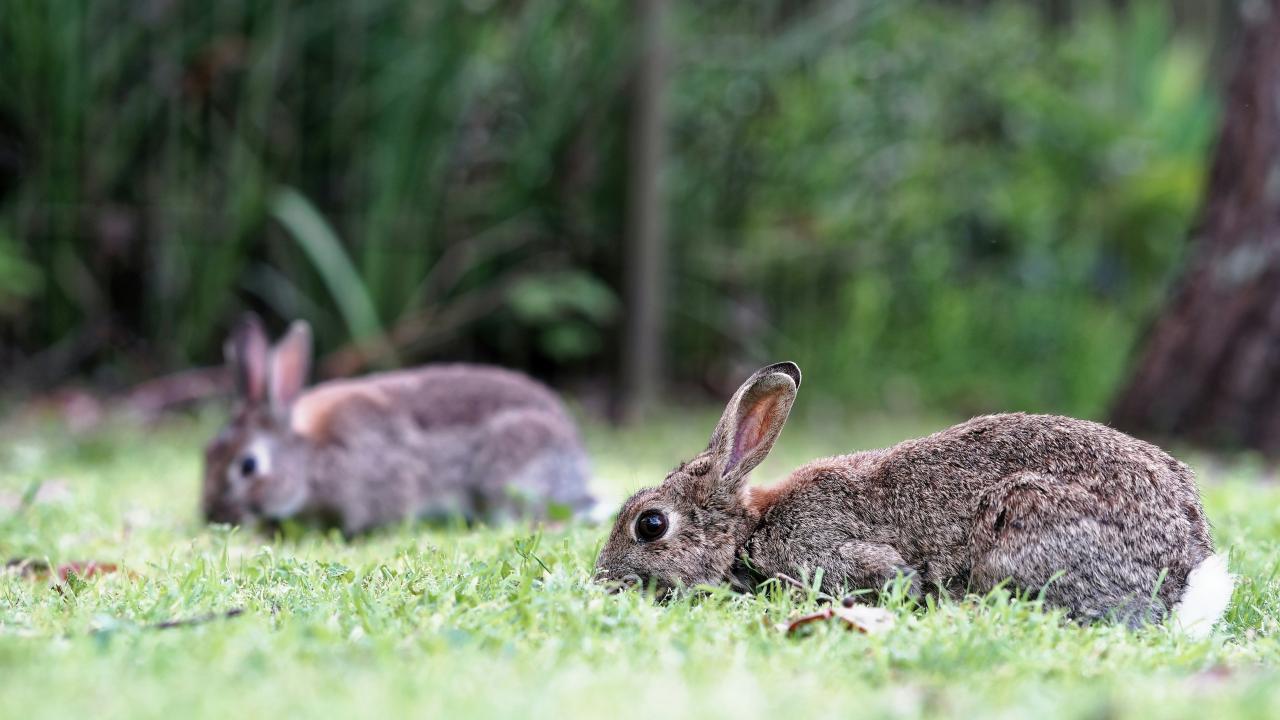Calicivirus cull misses its mark

The Department of Natural Resources and Environment Tasmania (NRE) says this year's calicivirus release program has not been as successful as anticipated.
Between February 28 and June 20 NRE released the virus at 419 properties in 109 towns and suburbs across the state.
“Preliminary results are anecdotal, but evidence suggests the immediate rabbit population exposed to calicivirus following a release has died,” an NRE spokesperson said.
“Recent advice, however, suggests the drier-than-normal conditions across Tasmania have negatively impacted insect breeding during autumn.
“Insects are vectors for spreading calicivirus, meaning lower numbers of insects have likely reduced the spread of calicivirus across the state.
“As a result, landowners may see populations of rabbits quickly replacing animals impacted by the virus release.”
TasFarmers CEO Nathan Calman said the state’s calicivirus rollouts needed to be more strategic and better coordinated.
“Farmers are telling us that the government needs to provide clear communication and take responsibility for the management of crown land,” Mr Calman said.
“A coordinated, long-term approach is essential, one that includes proactive population control and sustained funding.
“This will ensure the risk is managed effectively, rather than through short-term or reactive measures.”
Mr Calman said wild rabbits were a significant problem for farmers.
“Wild rabbit populations have a significant impact on farm biosecurity, animal feed availability, and overall farm safety for both livestock and farmers.
“The damage bill runs into the millions each year.
“Rabbits contribute to pasture loss, crop damage, and hinder the regeneration of native vegetation.
“Their burrowing activity causes extensive damage to infrastructure such as fences and creates hazardous ground conditions, posing serious risks to both livestock and people working on the land.”
TasFarmers wants to see primary producers permitted to use pendone baits and controlled access to suppressors as part of the management of wild rabbit populations and other invasive species.
NRE said landowners should consider other rabbit control methods such as fencing, habitat removal, shooting and poisoning.




Add new comment
Comments
Happy to help out with…
Happy to help out with shooting rabbits